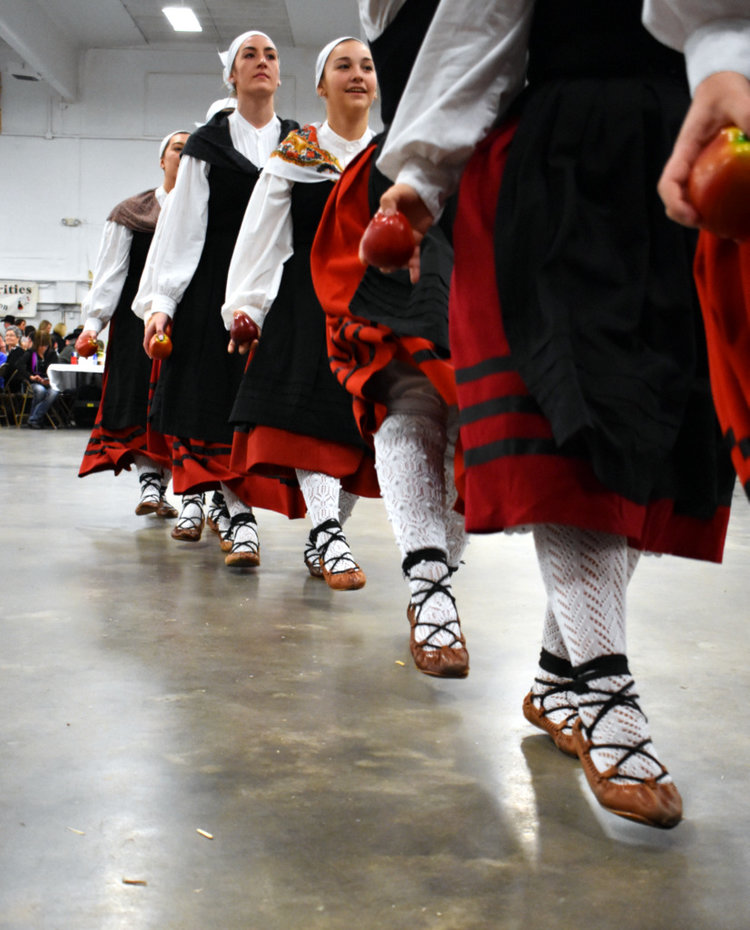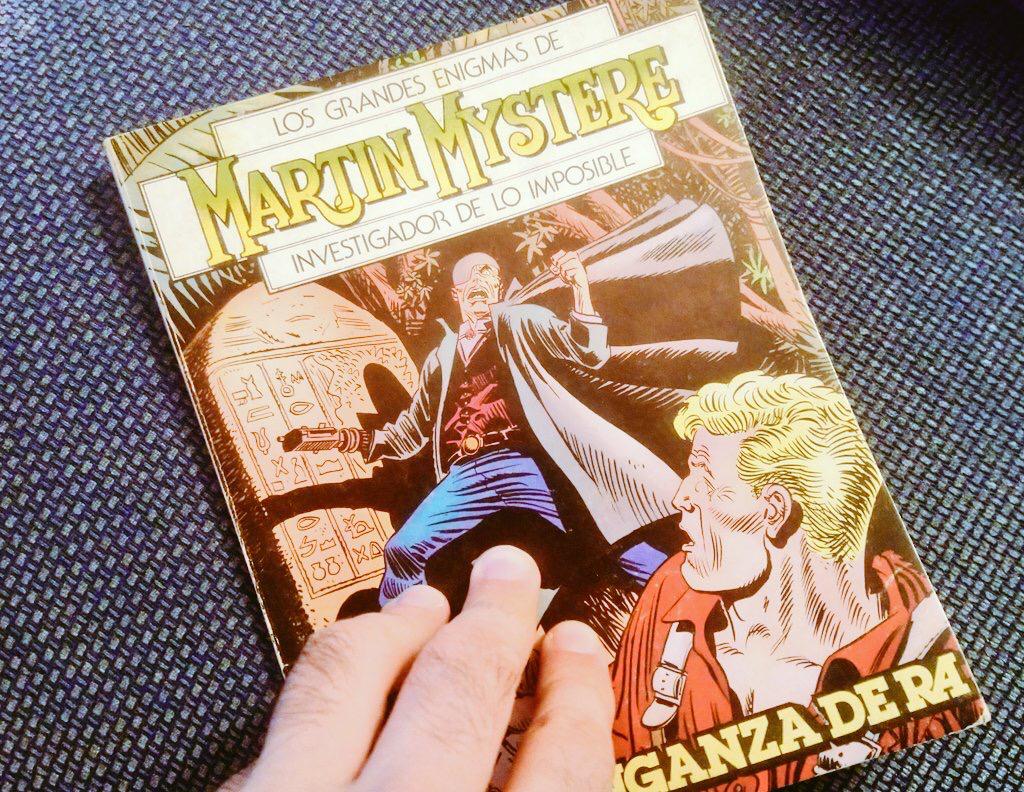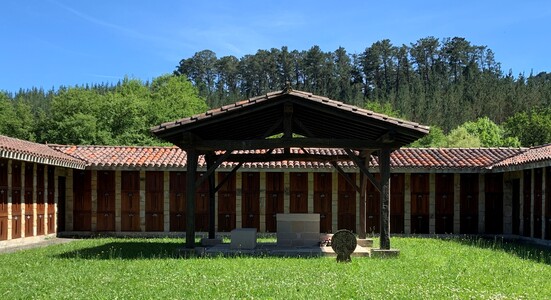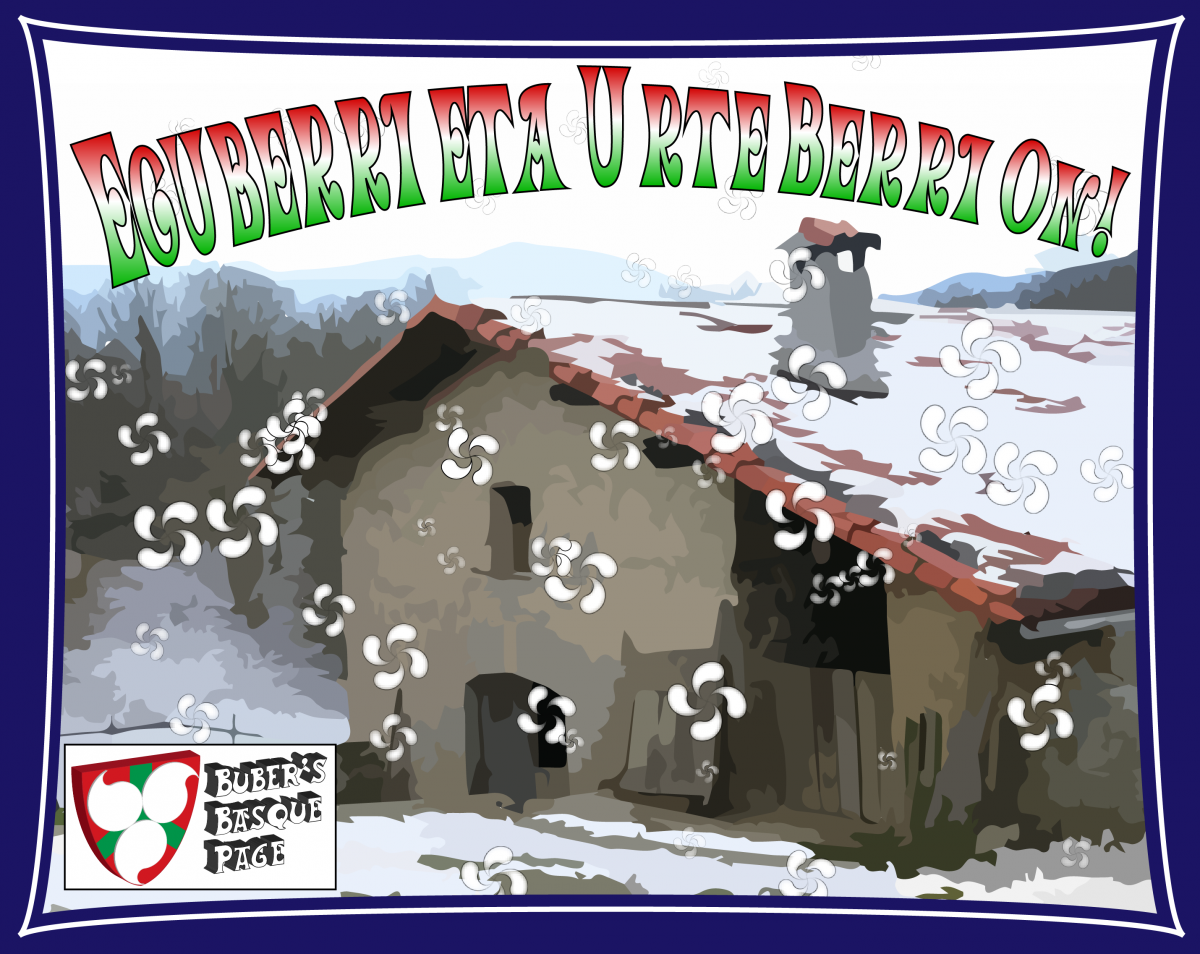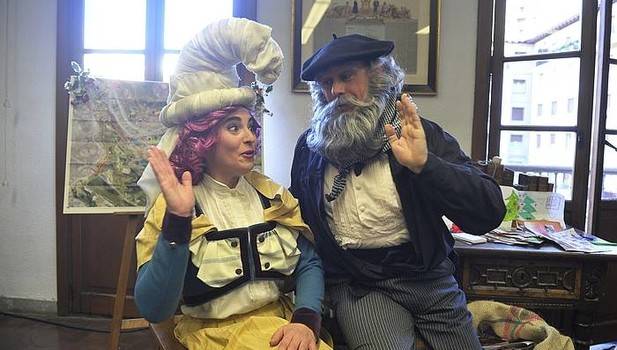
I recently read Emma Wilby’s most recent book, Invoking the Akelarre, which I found fascinating. She examines the records from the Basque witch trials of the 1600s, searching for evidence of what the victims who were accused of witchcraft really thought and believed and what was essentially placed in their mouths by their accusers and interrogators. There is a wealth of information and insight into the lives of those early modern Basques. This is her third book delving into the lives of the accused. Her previous books are Cunning Folk and Familiar Spirits and The Visions of Isobel Gowdie, both published by Sussex Academic Press. Emma is a fellow in History at the University of Exeter, UK.
Emma agreed to virtually sit down with me to discuss her book, her research, and the impressions it left with her.
Buber’s Basque Page: If, as it is said, history is written by the winners, your research is focused on giving the “losers” a voice, and this book is not your first exploring this topic. What is it that has attracted you to giving a voice to the accused?
Emma Wilby: When I started studying early modern witchcraft at university in the early 1990s I was quickly frustrated by the academic emphasis on the mechanics of persecution and the way that witchcraft suspects were consistently portrayed as victims: powerless women being coerced by powerful male interrogators and angry communities into saying the things that other people wanted them to say. The more I studied suspects’ confessions the more I was impressed by the fact that in between all the stereotypical ‘yes-I-made-a-pact-with-the-Devil’ statements there were images, phrases and themes that had an air of authenticity and appeared to be genuinely reflective of the suspects’ lives and personal beliefs. As a student of history, I was only too aware that most of our insights into this period are derived from the literate, prosperous minority who, quite understandably, tended to write about themselves and how they thought the world should be. In this context, witchcraft confessions seemed to provide a rare and untapped opportunity to look into early modern mentalities ‘from below’. When I discovered the work of Italian scholar Carlo Ginzburg and realised how fruitful such lines of research could be, my direction of travel became clear.
BBP: What about the Basque witch-craze, in particular, that drew your interest?
EW: For many years I concentrated on British witchcraft trials. These were not only accessible but contained many folkloric and idiosyncratic references that could easily be attributed to the accused as opposed to their interrogators. But I was also aware that in a Europe-wide context, British witchcraft records were seen as relatively tame and that confessions from other parts of the continent contained more references to sensational activities, like witches’ sabbaths, orgies and cannibalistic feasts, that were widely perceived by historians to reflect stereotypes about witchcraft developed over the medieval period by prosecuting judges and intellectual elites. After finishing my work on British records, I was keen to search for the voices of the accused in these more stereotypical cases and here, the Basque witch-craze of 1609-14 quickly emerged as the most promising candidate. The Basque witch-craze records had not been subjected to any extended scrutiny in the English language since 1980. But more importantly, they were widely considered to contain the most elaborately demonic accounts of the witches’ sabbath to have come down to us from the whole of witch-hunting Europe. It was also widely argued, by scholars, that these accounts represented an almost wholesale regurgitation of elite stereotypes imposed on a paranoid population rendered vulnerable to suggestion through collective hysteria. For me, the challenge was to explore whether these records still had any value as windows into the mentalities of ordinary people living in the Basque country in this period.

BBP: What was the most surprising or interesting thing you learned in the course of researching this book?
EW: I was most surprised by the fact that although, as expected, I found no evidence that the Basques were engaging in stereotypical witch-cult activity, I did find that they were engaging in quite a lot else. For example, although in this period the Church taught people to worship, think and behave in certain ways, the Basque peasantry managed to perform a clever balancing act in which they conformed with these dictates as necessary whilst also remaining committed to a range of beliefs and practices that completely contradicted them. While the contemporary Basques could dutifully go to church to baptise and confirm their children, attend Mass on holy days, pray to the saints and perform conventional mortuary devotions, they could also go back to their baserrias and invoke familiar spirits, propitiate capricious lamiñas, twist curse candles and, at carnival times, dress up as drunken abbots or theatrical devils to enact subversive, comedic parodies of sacred Catholic rites. Similar contradictions could be found in many parts of western Europe in this period, but in the Basque case archaic (possibly pre-Indo-European) roots and centuries of relative linguistic, geographical and cultural isolation made these behaviours particularly striking and complex.
BBP: Is there a lesson you would take from the voices you have reached back in time to hear that might apply to our own times?
EW: Many lessons could be learnt, but in recent months I have been thinking a lot about education. In the Basque witch-craze the three main prosecutors were highly educated men who were convinced that their superior schooling gave them a better grasp of the truth than the uneducated suspects they interrogated. As a consequence, they did not only superimpose upon them the completely false conviction that a trans-regional network of baby-eating, Devil-worshipping witches had infiltrated the Basque country but also, in the process, succumbed so thoroughly to confirmation bias that they overlooked and dismissed peasant worldviews that were far more nuanced, profound and worthy of respect than they assumed. Similar misunderstandings still fuel social and political conflicts today. Psychologist Jonathan Haidt has notably depicted human nature as a rational mind (the rider) that is, for the most part, in service to the vastly superior strength of the emotional and intuitive impulses (the elephant). Through Haidt’s lens, the errors of the Basque witchcraft interrogators is a stark reminder that education doesn’t necessarily make us any more moral or rationally objective than anyone else – it can just make us better advocates for our elephants.
BBP: One thing that still isn’t very clear to me, even after reading your book, is the extent to which the average person believed in or practiced magic, as we might label anything related to the supernatural. They clearly invented stories as they were interrogated, but, as you argue, many of these stories grew out of practices of the day. What was the average Basque’s view about magic during that time?
EW: This is a hard question to answer, not least because the terms ‘magic’ and ‘supernatural’ can be defined in so many different ways. It could be more helpful to talk in terms of ‘orthodox’ and ‘unorthodox’ – as decided by the Church authorities at any given point in time – but even then the ‘average Basques’ view’ is hard to gauge. The paucity of records means that we can only see unorthodoxy in relief, as it were, in prosecutions for witchcraft, magic, superstition, heresy and blasphemy – and these records can both under and overestimate the issue. There was undoubtedly a continuum, with strictly orthodox Catholics at one end and magical specialists who overtly invoked demons at the other – but where the majority of the population stood on this continuum is difficult to assess. That said however, even adjusting for possible exaggeration, there is a ring of authenticity to a sixteenth-century Basque cleric’s claim that weather conjurors ‘are so public in this kingdom that there is no town that doesn’t have one on the public payroll’ and that ‘we see every day in our own experience how poor women and needy clerics take up the office of conjurors, witches etc’. It’s also hard to completely dismiss the claim, made by interrogator Pierre de Lancre in 1609, that misrule traditions took place ‘in all their [the Basques’] parishes’ and that ‘during their many festivals they never fail to name one person bishop and in their games another one becomes the Abbot [of misrule] … this does nothing but profane the mysteries of the faith’.
BBP: I imagine that this type of research isn’t always easy, that finding all of the relevant and interesting records can be difficult. What was the most challenging aspect of researching and writing this book?
EW: The language barrier was a constant challenge, as was the fact that very little was written about Basque popular culture until the nineteenth century, with the latter frequently requiring me to extrapolate from later and/or geographically diverse sources. But perhaps the most difficult aspect was trying to tease out evidence of the voices of the accused from trial material that held so few clues. This lack of permeability meant that I had to be more creative and imaginative with the material than I might otherwise have been and – as emphasised in the book’s introduction – evolve a methodology that was particularly vulnerable to personal bias. I committed to this process in the belief that the search for suspects’ mentalities in testimonials this demonised and contaminated could not be approached in any other way. Ironically, I often found myself agreeing with Pierre de Lancre’s claim that ‘whoever seeks to explain the deeds of the Devil regarding what the mysteries of witchcraft are, proceeds as if he were using one of the little glow worms that shine in the night to bring light to the whole universe, which even the sun can barely do.’


